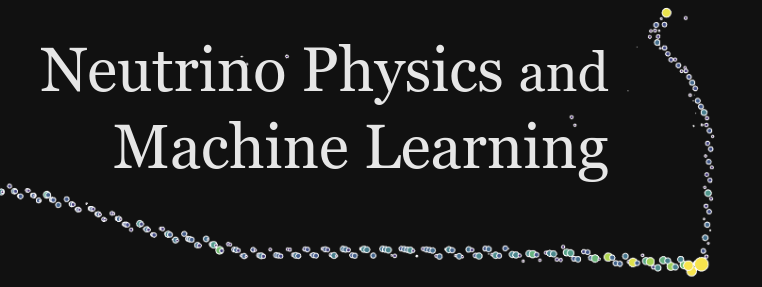Speaker
Alexander Goldsack
(University of Oxford/Kavli IPMU)
Description
Inverse beta decay is the primary interaction mode for low energy electron anti-neutrinos, producing two signals in a water Cherenkov detector like Super-Kamiokande: a low energy positron and, ~200 µs later, a neutron capture on hydrogen producing a 2.2 MeV photon. These result in only ~10 of SK’s 11,000+ photomultiplier tubes being hit by light, making them difficult to differentiate from radioactive background. If the two hit patterns are overlaid, however, the combined information could serve as input for a convolutional neural network. The initial investigations into a CNN IBD reconstruction tool for SK will be presented.
Primary author
Alexander Goldsack
(University of Oxford/Kavli IPMU)



